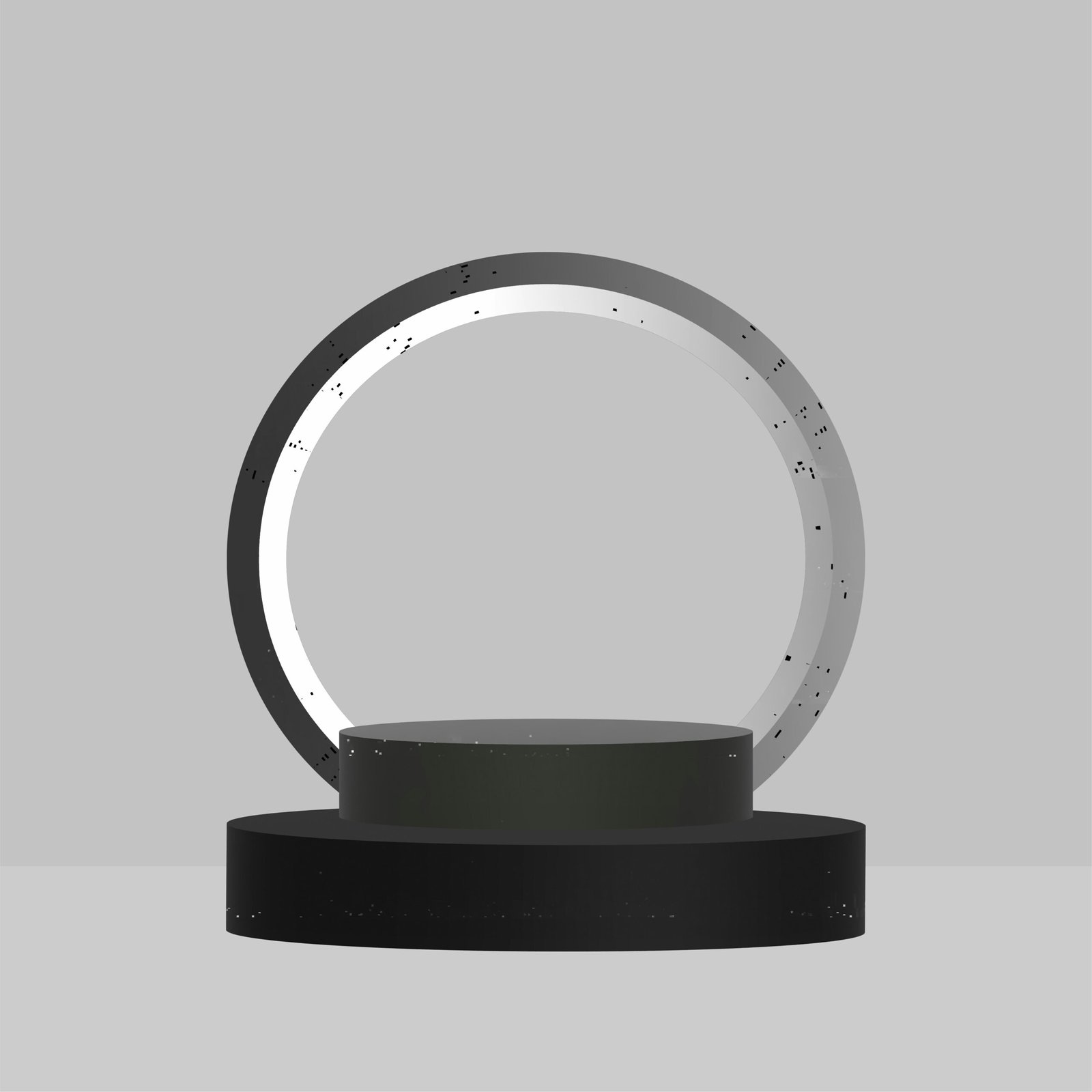Harnessing Customer Feedback: The Key to Success for SaaS Companies
Introduction to SaaS Customer Feedback
In the ever-evolving digital marketplace, Software as a Service (SaaS) companies must leverage customer feedback to remain competitive. SaaS customer feedback is a crucial element that informs product development, allowing companies to adapt to changing user needs and preferences. By actively soliciting and analyzing feedback, SaaS providers can gain insights into user satisfaction, enhance their product offerings, and ultimately drive greater customer loyalty.
The significance of customer feedback in the SaaS model cannot be overstated. Unlike traditional software, SaaS products are delivered over the internet and often require continuous updates and improvements. This necessitates a robust feedback mechanism, as regular interaction with customers enables companies to identify issues, assess usability, and understand the overall user experience. Feedback can stem from multiple channels, including surveys, user reviews, and direct communication with customers, presenting a wealth of information for companies committed to staying ahead of the curve.
Moreover, integrating systematic feedback mechanisms into the SaaS strategy not only facilitates product refinement but also fosters a customer-centric approach. This approach empowers users by giving them a voice in the development process, thereby enhancing their engagement and satisfaction. In a highly competitive landscape with numerous SaaS options available, companies that prioritize customer feedback can position themselves effectively, ensuring they meet or exceed user expectations.
Ultimately, as the demand for SaaS solutions continues to grow, the ability to harness customer feedback will emerge as a significant driving force behind a company’s success. By focusing on this essential aspect, SaaS providers can create more valuable products, improve customer relationships, and maintain a strong market presence, solidifying their role as leaders in the industry.
Understanding User Experience in SaaS
User experience (UX) plays a pivotal role in the success of Software as a Service (SaaS) applications. A good UX refers to how users interact with a product and the ease with which they can achieve their goals. It encompasses various elements, including design, functionality, and overall usability, which collectively contribute to user satisfaction. When a SaaS application provides a smooth, intuitive experience, users are more likely to engage consistently, leading to higher retention rates.
Several factors influence user satisfaction, including the application’s speed, navigational structure, and the relevance of content. For instance, if users encounter slow load times or a confusing user interface, their frustration may lead them to abandon the application altogether. On the other hand, when they find the SaaS product easy to use, they are more inclined to explore its features and utilize it to its fullest potential. Providing users with the tools they need to succeed in their tasks not only enhances their experience but also fosters a sense of loyalty towards the product.
The relationship between UX and customer feedback is critical for SaaS companies. Regularly collecting and analyzing feedback allows companies to understand user preferences and pain points better. This information is invaluable in identifying areas for improvement within the application. By addressing user concerns and implementing suggested changes, companies can create a more satisfying user experience, which in turn, enhances customer retention. In summary, leveraging user feedback to refine UX is an essential strategy for SaaS businesses looking to thrive in a competitive landscape. The insights gained from users can lead to meaningful enhancements that make applications more appealing and effective.
Types of Customer Feedback Mechanisms
Gathering customer feedback is vital for the success of Software as a Service (SaaS) companies. Various methods exist to collect this information, each offering distinct advantages and disadvantages based on the context of use. Understanding these different feedback mechanisms can help in selecting the most appropriate one to enhance customer satisfaction and product development.
One common method is the customer survey, which can be deployed through various channels such as email, in-app prompts, or websites. Surveys allow companies to quantify customer opinions and identify trends over time. However, they may lead to low response rates if not designed properly. Open-ended questions can provide insights but may be less practical for fast-paced evaluations.
Interviews are another effective method, providing a deeper understanding of the customer’s experience. One-on-one conversations allow for detailed feedback and clarification of points, fostering a more personal connection. Nonetheless, organizing interviews can be time-consuming and may only capture feedback from a limited number of participants.
Usability tests are a hands-on approach in which customers are observed using the software. These tests reveal how users interact with the product and highlight any obstacles they encounter. While valuable for uncovering usability issues, these tests can require substantial resources in terms of time and technology.
Feedback forms integrated within the software serve as another mechanism, allowing users to report their thoughts or issues as they arise during usage. This immediacy captures timely feedback, although the lack of structured data may make analysis challenging. To further streamline feedback collection, combining multiple methods can provide a comprehensive overview of customer sentiment.
Overall, each feedback mechanism presents unique strengths and limitations. By strategically leveraging these methods, SaaS companies can effectively harness customer feedback to enhance product offerings and improve customer relations.
Crafting Effective User Experience Surveys
Designing effective user experience surveys is essential for SaaS companies striving to gather valuable insights from their customers. The fundamental goal of these surveys is to assess the usability and satisfaction levels associated with a product or service. A well-structured survey not only captures the sentiments of users but also provides actionable data for improving the overall experience.
When crafting questions, it is crucial to employ various question types to ensure a comprehensive understanding of user perspectives. Open-ended questions allow respondents to express their thoughts freely, providing nuanced feedback, while closed-ended questions, such as multiple-choice or Likert scales, offer quantifiable data that can be easily analyzed. For instance, presenting a statement like, “The product meets my expectations,” followed by a scale ranging from “Strongly Disagree” to “Strongly Agree” enables companies to gauge satisfaction levels effectively.
Survey length is another vital aspect. Research indicates that shorter surveys, typically containing no more than 10 questions, yield higher completion rates. Lengthy surveys can lead to respondent fatigue, resulting in incomplete or unreliable data. Striking the right balance between inquiry depth and brevity is key to gaining meaningful insights without overwhelming users.
The timing of surveys also plays a significant role in achieving high response rates. Sending surveys immediately after a specific interaction, such as the completion of a tutorial or a customer service call, maximizes the relevance of the feedback. Additionally, conducting periodic surveys can help track user perceptions over time, thus identifying trends and areas needing attention.
In conclusion, by focusing on diverse question types, maintaining an optimal survey length, and timing surveys appropriately, SaaS companies can craft user experience surveys that elicit valuable insights. These data-driven approaches not only enhance user satisfaction but also contribute to the overall success and longevity of the company.
Analyzing Feedback to Drive Product Improvements
Collecting customer feedback is a crucial initial step; however, the real value lies in how this feedback is analyzed and utilized to drive product improvements within Software as a Service (SaaS) companies. The analysis process can generally be organized into two main approaches: qualitative and quantitative. Each method provides unique insights that contribute towards enhancing products and optimizing user experience.
Qualitative analysis involves subjective interpretations of user feedback, often derived from open-ended survey questions, interviews, or focus groups. This method allows companies to grasp the underlying sentiments, motivations, and experiences that customers have with the product. By employing thematic analysis, SaaS companies can categorize the feedback into key themes or common pain points, allowing them to gain a comprehensive understanding of user needs. For instance, if numerous users express frustration with a particular feature, this insight can guide developers on where to focus their improvement efforts.
Conversely, quantitative analysis relies on numerical data, drawing from structured surveys and customer usage statistics. Techniques such as statistical analysis can reveal trends and patterns, helping to identify which aspects of the product are most appreciated or underutilized by users. Metrics, such as Net Promoter Score (NPS) or Customer Satisfaction Score (CSAT), provide tangible data to benchmark performance over time. This data-driven approach enables SaaS companies to make informed decisions on resource allocation for product enhancements.
Ultimately, the synthesis of both qualitative and quantitative analyses leads to actionable insights. By translating user feedback into specific product improvements and feature enhancements, SaaS companies can effectively foster user satisfaction and loyalty. As customer expectations continue to evolve, regularly revisiting feedback analysis becomes fundamental to maintaining a competitive edge, ensuring continual growth, and addressing the dynamic needs of users.
The Role of Customer Feedback in Marketing Strategy
Customer feedback plays a crucial role in shaping effective marketing strategies for Software as a Service (SaaS) companies. By actively listening to their users, companies can gain invaluable insights into customer needs, preferences, and behaviors, which can directly inform their marketing approaches. Understanding the voice of the customer not only helps in tailoring product offerings but also enhances the alignment of messaging across various channels.
The integration of customer feedback into marketing strategies enables SaaS companies to craft messages that resonate with their target audience. For instance, when companies gather feedback regarding specific features that users appreciate, or pain points they encounter, marketers can emphasize these points in promotional materials. By showcasing real customer experiences and success stories, SaaS businesses can build authenticity and trust, which are essential components of a successful marketing campaign.
Furthermore, leveraging customer feedback allows companies to stay agile in their approach. The SaaS market is characterized by rapid changes and evolving customer expectations. Those companies that engage with their customer base and adapt their marketing strategies accordingly can effectively differentiate themselves from competitors. Regularly updating marketing materials with fresh insights not only keeps the content relevant but also ensures that the messaging is centered around customer priorities.
Ultimately, the role of customer feedback extends beyond mere product development; it is an essential element in shaping the marketing narrative. By ensuring that promotional efforts are closely aligned with customer perceptions, SaaS companies can foster stronger relationships with their users. Engaging with feedback not only enhances credibility but also positions the company as a responsive and responsible partner in the customer’s journey. This alignment paves the way for long-term success in an increasingly competitive landscape.
Feedback Loops: Continuous Improvement Cycle
In the realm of Software as a Service (SaaS), the implementation of feedback loops is crucial for establishing a culture of continuous improvement. Feedback loops refer to the systematic collection, analysis, and integration of user feedback into the development cycle. By maintaining a robust process for gathering insights from users, SaaS companies can adapt their services to meet evolving customer needs and preferences effectively.
The practice of collecting regular feedback through surveys, interviews, and direct user interactions enables businesses to identify pain points and areas for enhancement. This iterative process allows companies to refine their software offerings continuously. When feedback is promptly analyzed, SaaS companies can determine which features resonate most with users and which require adjustments. This responsiveness signifies not only a commitment to customer satisfaction but also a proactive approach in a competitive landscape.
Moreover, effective feedback loops contribute to a deeper understanding of customer expectations, helping teams to prioritize development efforts accordingly. For instance, feedback may reveal a demand for new functionalities or highlight specific user experiences that require optimization. When these insights translate into actionable strategies, SaaS companies can innovate and evolve their products over time. This ultimately leads to improved user retention and satisfaction, as customers feel their voices are valued.
Further, incorporating feedback into the development cycle strengthens customer relationships. When users acknowledge that their feedback has resulted in visible changes, it reinforces their loyalty and willingness to provide further insights. Thus, establishing a continuous feedback loop not only drives product enhancements but also fosters a sense of community among customers, who become advocates for the brand. Companies that leverage feedback loops will likely find themselves better positioned to navigate market changes and achieve sustained success.
Real-World Examples: Successful SaaS Companies Leveraging Feedback
Numerous Software as a Service (SaaS) companies have successfully utilized customer feedback to drive their product development and enhance the user experience. One notable example is Intercom, a customer messaging platform that actively solicits feedback from users. By conducting regular surveys and utilizing in-app messaging to gather user insights, Intercom has been able to refine its features and improve customer satisfaction significantly. This commitment to listening to customer needs has resulted in noteworthy outcomes, including increased user engagement and a notable rise in customer retention rates.
Another exemplary case is Slack, a collaboration tool widely regarded for its user-centered design. Slack routinely implements feedback mechanisms such as user testing sessions and feedback forms within the app. This has allowed them to identify pain points and introduce enhancements that directly address user concerns. For instance, the introduction of threading capabilities was a direct result of feedback from users who desired a more organized way to manage conversations. This feature not only improved user experience but also solidified Slack’s position in the market as a leading communication platform.
Additionally, HubSpot, a prominent inbound marketing software provider, has adopted a robust feedback loop that includes regular input from its dedicated user community. Through forums and user groups, HubSpot gathers crucial insights that guide their product roadmap. As a result, the company has launched new features that align with user expectations, driving high satisfaction levels and a loyal customer base. Reduced churn rates in recent reports underscore the effectiveness of HubSpot’s customer-focused strategies.
These examples illustrate how successful SaaS companies actively harness customer feedback to not only improve their products but also foster deeper relationships with their user base. By leveraging insights from customers, these companies have achieved enhanced user experiences and sustainable growth.
Conclusion: The Future of SaaS Customer Feedback
As SaaS companies continue to evolve, leveraging customer feedback remains a central pillar of success. Throughout this discussion, we have explored various dimensions of customer feedback, highlighting its vital role in shaping product development and enhancing user experience. The insights delivered by customers not only help in understanding immediate concerns but also enable businesses to anticipate future needs, thereby fostering long-term customer loyalty.
As the competitive landscape of software as a service (SaaS) becomes increasingly saturated, organizations must prioritize the development of robust feedback mechanisms. Utilizing tools that facilitate real-time feedback collection can empower companies to respond swiftly to customer needs, ultimately driving innovation and eliminating barriers to user satisfaction. This adaptive approach, rooted in customer collaboration, ensures that SaaS products remain relevant and responsive amid rapid technological advancements and shifting market dynamics.
Looking ahead, the integration of artificial intelligence and machine learning will likely revolutionize how customer feedback is analyzed and utilized. These advanced technologies can process vast amounts of feedback data, drawing out actionable insights that guide product iterations and strategic decision-making. Embracing such technology will be crucial for SaaS companies seeking to refine their offerings and enhance the customer experience consistently.
For businesses aiming to cultivate a feedback-centric culture, implementing structured feedback strategies is essential. Encouraging ongoing dialogue with users, utilizing surveys and feedback loops, and embedding feedback into the development process are just a few practical steps that can be adopted. By fostering transparency and mutual respect in customer interactions, SaaS companies can harness the collective intelligence of their user base, transforming feedback into a catalyst for growth and improvement. Ultimately, companies that embrace these practices will be better positioned to thrive in the ever-changing landscape of SaaS software development.







